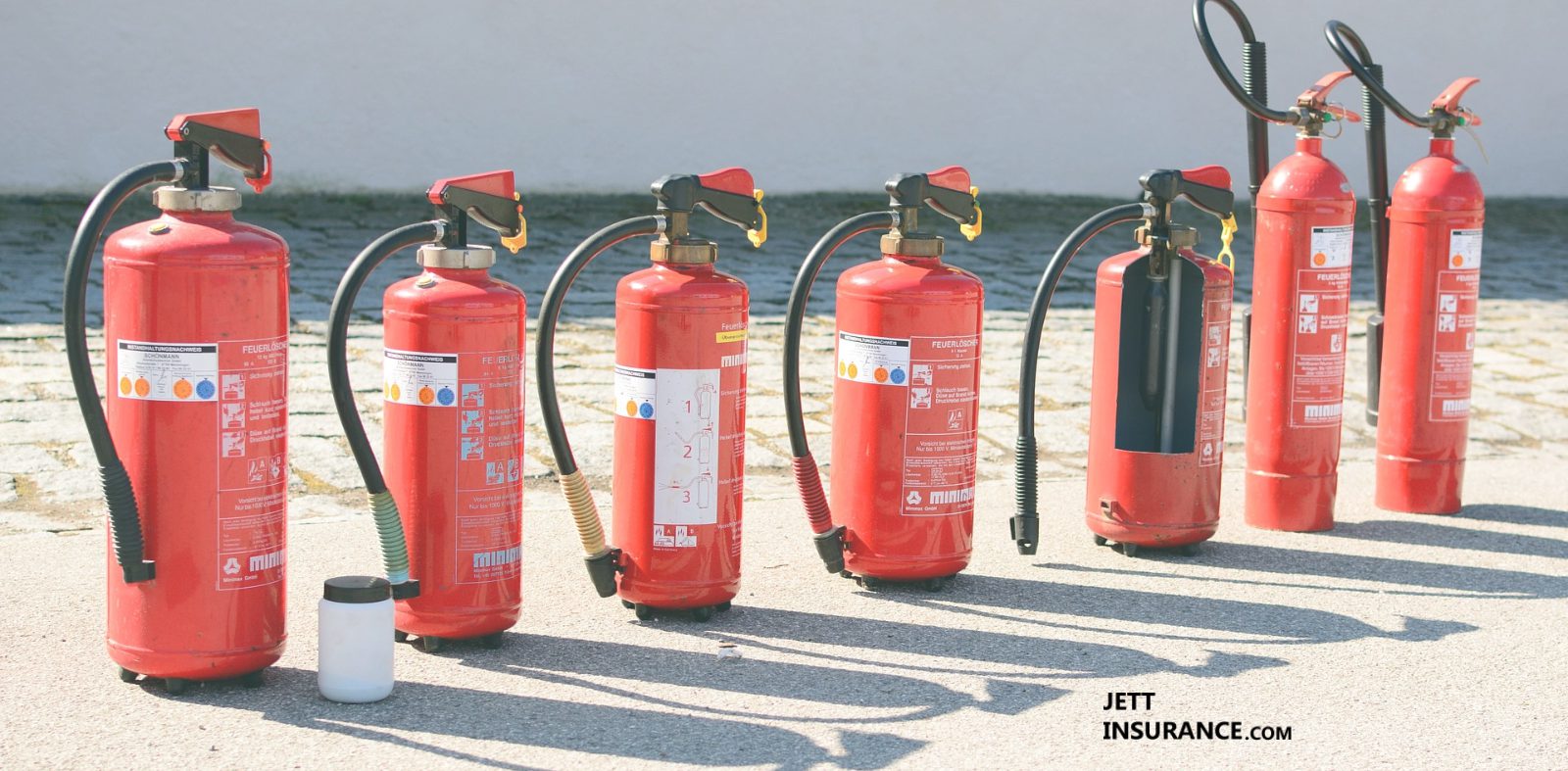A house fire can become life threatening in just two minutes, and can engulf a residence within five minutes. The best thing you can do is be prepared, just in case the worst happens. To keep your home and family members safer from fire, consult the tips below:
Smoke alarms
– Make sure to install the correct number of smoke alarms on every level of your home, including the basement, and both inside and outside all sleeping areas.
– Test your smoke alarms once a month, replace batteries at least once a year, and replace the entire unit once every eight to ten years—or earlier if specified in the manufacturer’s instructions.
– Ensure all family members know what your smoke alarms sound like, particularly children.
– Take care to install both ionization and photoelectric smoke alarms, or dual sensor smoke alarms, which contain both.
Know your living space
– Make sure all household members can identify two exit points from every room in your home.
– Plan emergency routes ahead of time and keep a map of the house, complete with an escape plan. handy for review.
– Establish a family meeting spot outside the home.
– Practice navigating your home in the dark.
Cooking
– Stay in the kitchen when frying, grilling, and broiling food, and turn off the stove whenever possible if leaving the kitchen.
– Avoid loose clothing whenever cooking near an open flame.
– Keep children and pets away from cooking areas—at least three feet from the stove.
– Make sure all barbecues are at least ten feet away from siding, railings, and from under any eaves or overhanging branches.
Electrical wiring and home heating
– Repair frayed wires immediately, including electrical cords, and make sure outlets have coverage plates and are in good working order.
– Keep combustibles away from home heat sources.
– Don’t overload outlets or extension cords.
– In the event of a power outage, use flashlights instead of candles.
In the event of a fire
– Make sure that every member of the household knows how to call 9-1-1.
– Household members should know to ‘Stop, Drop, and Roll’ should any clothing catch fire.
– Establish a protocol for communicating after a fire to ensure that all household members know who to contact if separated.







